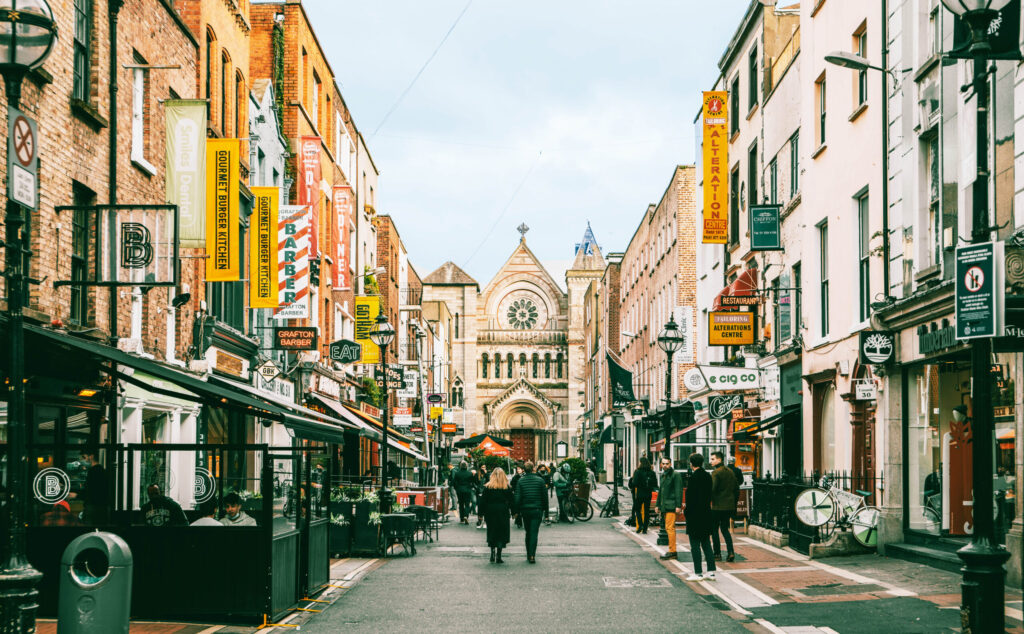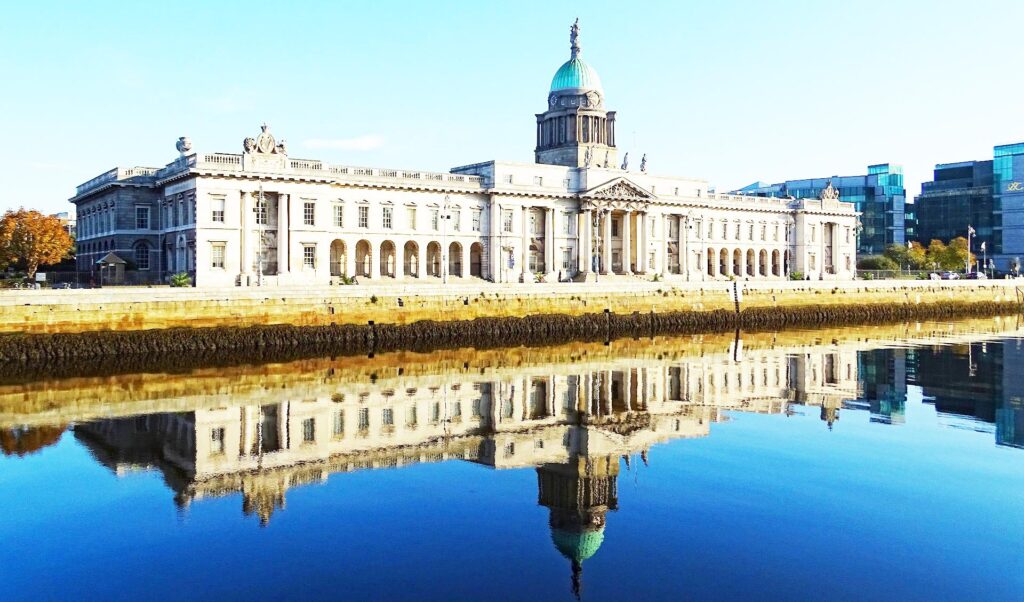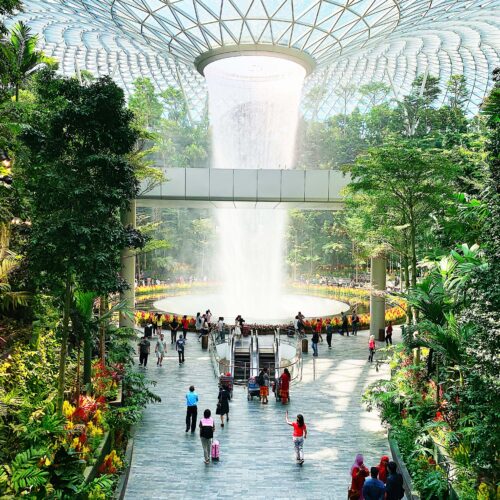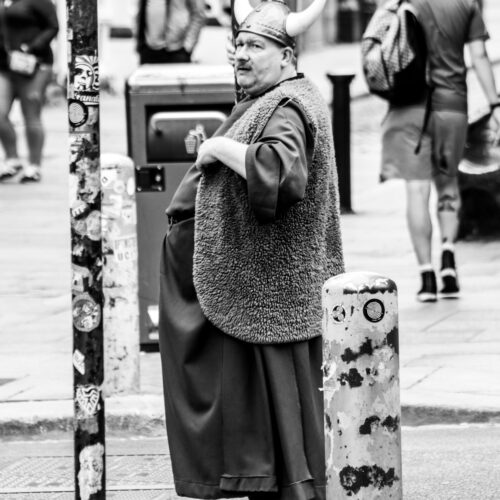
Ireland’s Capital City–From Guinness to Gaols, Dublin’s Got it All (Except for Pots of Gold)
Dublin, the capital of Ireland, is a vibrant and historic city that offers endless sights and experiences. From the Guinness Storehouse to Trinity College and Kilmainham Gaol, Dublin is a city that seamlessly blends tradition with modernity.
Visitors can explore the city’s rich history through its museums, galleries, and landmarks, stroll through its charming streets and soak up the lively atmosphere.
In this list, we’ll note eight must-see sights and activities that will make any trip to Dublin unforgettable.
Eight things to do and see in Dublin:
- Visit the Guinness Storehouse: One of Dublin’s most popular attractions, the Guinness Storehouse is a seven-story museum dedicated to the famous Irish beer. You can learn about the brewing process, try a pint in the rooftop bar with panoramic city views, and even pour your perfect pint.
- Stroll through Trinity College: Founded in 1592, Trinity College is Ireland’s oldest university and one of its most beautiful. The campus features elegant Georgian architecture, tranquil gardens, and the world-famous Book of Kells, an illuminated manuscript from the ninth century.
- Explore Dublin Castle: Located in the city’s heart, Dublin Castle symbolizes Irish power and authority for centuries. Today, visitors can tour the castle’s opulent State Apartments, the Gothic Chapel Royal, and the 800-year-old Record Tower.
- Take a walk in Phoenix Park: Covering over 1,700 acres, Phoenix Park is one of the largest urban parks in Europe. It’s home to various wildlife, including herds of deer, and historic landmarks like Áras an Uachtaráin, the official residence of the Irish President.
- Wander around Temple Bar: This vibrant neighborhood is a hub of music, art, and nightlife in Dublin. It’s packed with traditional pubs, quirky shops, and colorful street performers, making it the perfect place to soak up the city’s lively atmosphere.
- Visit the National Gallery of Ireland: This world-class art museum houses an impressive collection of works by Irish and international artists. Highlights include paintings by Caravaggio, Vermeer, and Jack B. Yeats, as well as the famous sculpture of the “Tara Brooch.”
- Learn about Irish history at Kilmainham Gaol: This former prison played a crucial role in Ireland’s struggle for independence, housing many of the country’s most famous political prisoners. Today, it’s a museum that offers a fascinating glimpse into Ireland’s turbulent past.
- See a show at the Abbey Theatre: Founded in 1904, it is Ireland’s national theater and one of its most prestigious cultural institutions. It’s known for producing groundbreaking plays by some of the country’s most celebrated playwrights, including Samuel Beckett and Brian Friel.
Did you know?
Dublin is that it has its currency known as the “Dublin pound.” This is a local currency used in some independent shops and businesses to support the local economy and promote community commerce. The money features famous Dubliners on the banknotes, such as James Joyce and Molly Malone.
A little history:
Viking Origins: Dublin was founded by the Vikings in the 9th century as a settlement known as “Dubh Linn,” which means “black pool” in Irish. The Vikings established Dublin as a trading center, and the city increased in the following centuries.
Norman Conquest: In 1171, Dublin was captured by the Normans under the command of Strongbow. The Normans established a castle and walls around the city, which helped to solidify their control over the region.

Reformation and Rebellion: In the 16th century, the city underwent significant changes due to the Reformation. The city became the center of English power in Ireland and was the site of several uprisings, including the 1641 rebellion and the 1916 Easter Rising.
Independence: In 1922, it became the capital of the newly independent Irish Free State. The city underwent significant modernization in the following decades, constructing new buildings, bridges, and infrastructure.
Recent History: In the late 20th century, Dublin experienced economic growth and development, known as the “Celtic Tiger” era.
The city is a significant technology, finance, and tourism center with a rich cultural heritage and a vibrant social scene.



